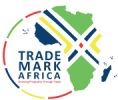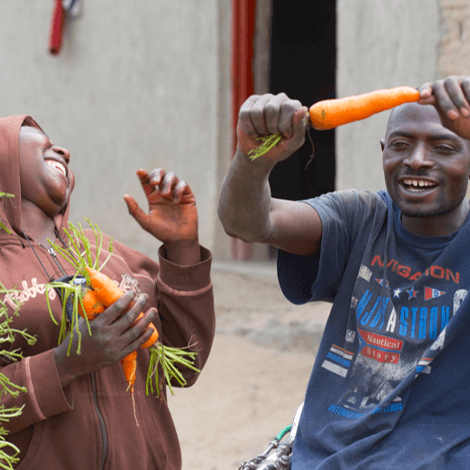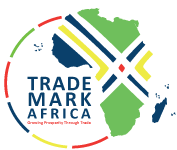Farmers of peas, particularly those growing sugar snaps and mange tout varieties, now have a reason to smile, thanks to the lifting of the five-year ban by European Union (EU). According to Kenya Plant Health Inspectorate Service (Kephis) managing director Esther Kimani, EU’s commission saw the determination farmers had in adhering to their standards and decided to lower the checking levels to five per cent. “Farmers were able to learn fast and adhered to the requirements, a thing that forced the EU to drop its checking level of percentage from 10 to five per cent,” she says. MRL REQUIREMENT Following this amendment, Kenya’s produce will now be checked at the five per cent level. In 2013, farmers of peas were not adhering to the EU market requirements by exceeding Maximum Residue Limits (MRLs) on produce which was detected on entry to the EU markets. "This forced EU to slap a ban on the two crops because of the failure by exporters to conform to the 10 per cent MRLs requirement," Ms Kimani, told the Nation. RIGHT CHEMICALS She however noted that the county produce are still checked but randomly adding that farmers particularly small holder will not incur extra costs on their produce because of extended checks at the EU points of entry. Ms Kimani says Horticulture Competent Authority, a committee chaired by Kephis and coordinated by the ministry of Agriculture managed to bring down the level of MRLs as well as sensitise farmers on importance of using the right chemicals...
Peas farmers have a reason to smile after EU lifts five-year ban
Posted on: August 24, 2018
Posted on: August 24, 2018















